peppers
-
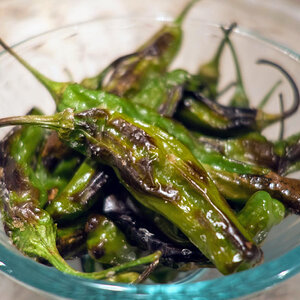
Shishito peppers
For cooking, a hole is poked in the pepper beforehand to keep expanding hot air from bursting the pepper. It may be skewered then broiled (grilled), or pan-fried in oil, stewed in a soy sauce, or simply eaten raw in a salad or as a condiment. It is thin-skinned and will blister.- cheryl
- Media item
- pepper peppers
- Comments: 0
- Category: Food & Drinks
-
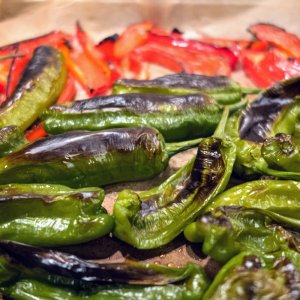
Shishitos
The pepper is small and finger-long, slender, and thin-walled. Although it turns from green to red upon ripening, it is usually harvested while green. The name refers to the fact that the tip of the chili pepper looks like the head of a lion; in Japanese it is often abbreviated as shishitō.- cheryl
- Media item
- peppers
- Comments: 0
- Category: Food & Drinks
-
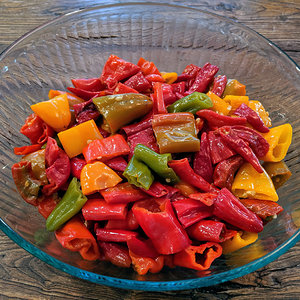
Sweet peppers
Like the tomato, bell peppers are botanical fruits but culinary vegetables. Pieces of bell pepper are commonly used in garden salads and as toppings on pizza or cheesesteaks. Bell peppers are 94% water, 5% carbohydrates, and negligible fat and protein.- cheryl
- Media item
- peppers vegetables
- Comments: 0
- Category: Food & Drinks
-
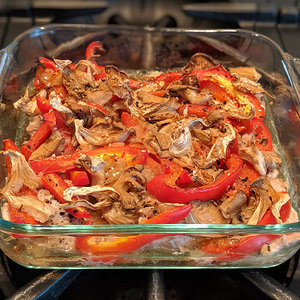
Roasted mushrooms and peppers
Roasting is a cooking method that uses dry heat where hot air envelops the food, cooking it evenly on all sides with temperatures of at least 150 °C (300 °F) from an open flame, oven, or other heat source. Roasting can enhance flavor through caramelization and Maillard browning on the surface.- cheryl
- Media item
- mushrooms peppers roasted
- Comments: 0
- Category: Food & Drinks
-
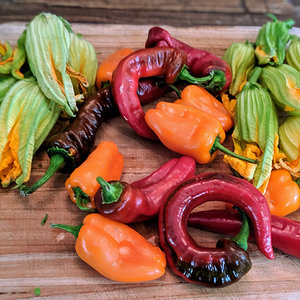
Local organic food
Local food movements aim to connect food producers and food consumers in the same geographic region, in order to develop more self-reliant and resilient food networks; improve local economies; or to affect the health, environment, community, or society of a particular place.- cheryl
- Media item
- local food organic peppers squash blossoms the ecology center
- Comments: 0
- Category: Food & Drinks
-
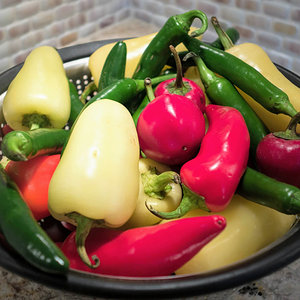
Peppers
Fruits of Capsicum can vary tremendously in color, shape, and size both between and within species, which has led to confusion over the relationships among taxa. Many varieties of the same species can be used in many different ways.- cheryl
- Media item
- capsicum peppers
- Comments: 0
- Category: Food & Drinks
